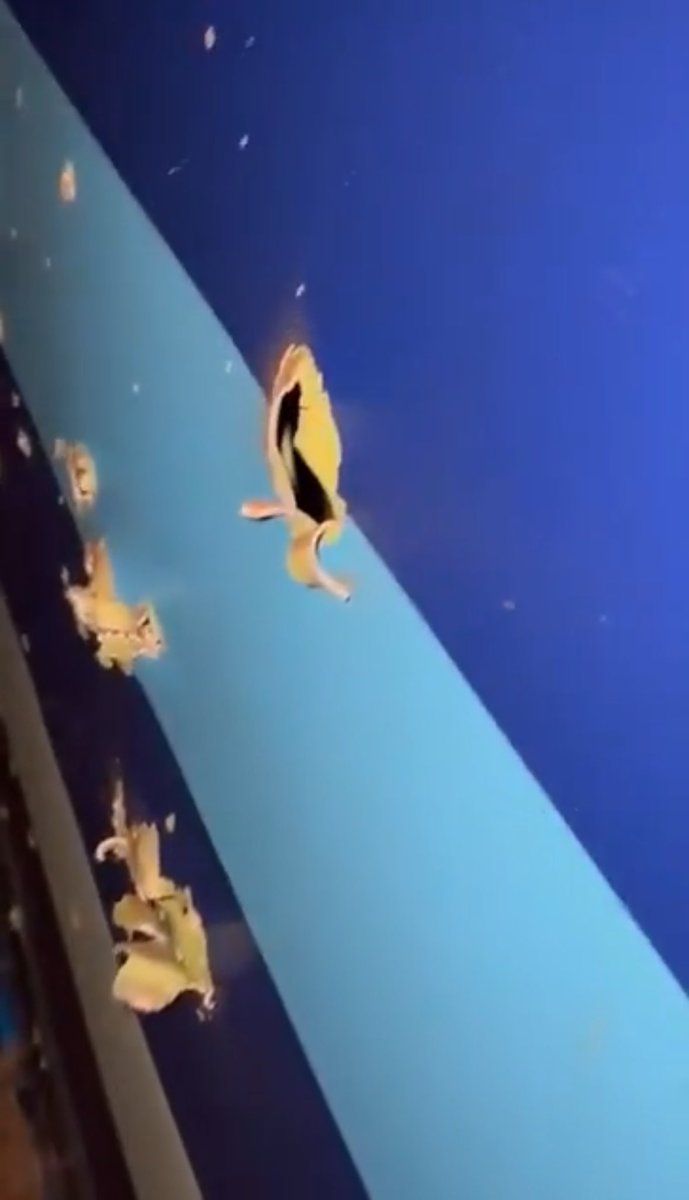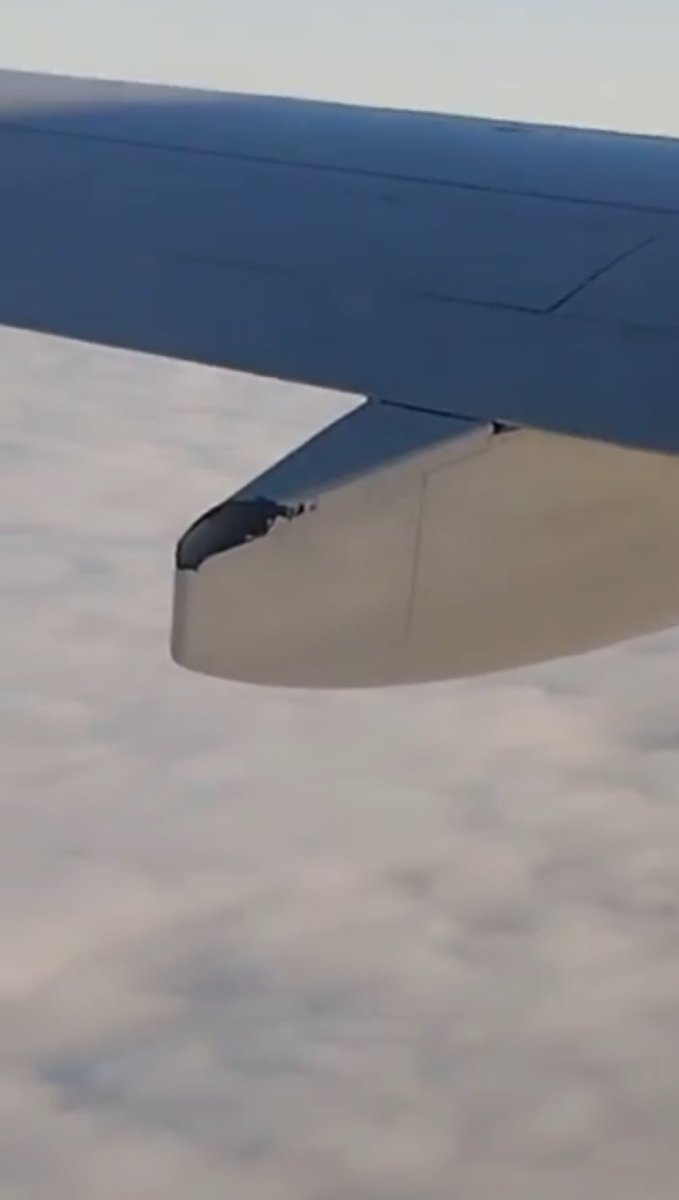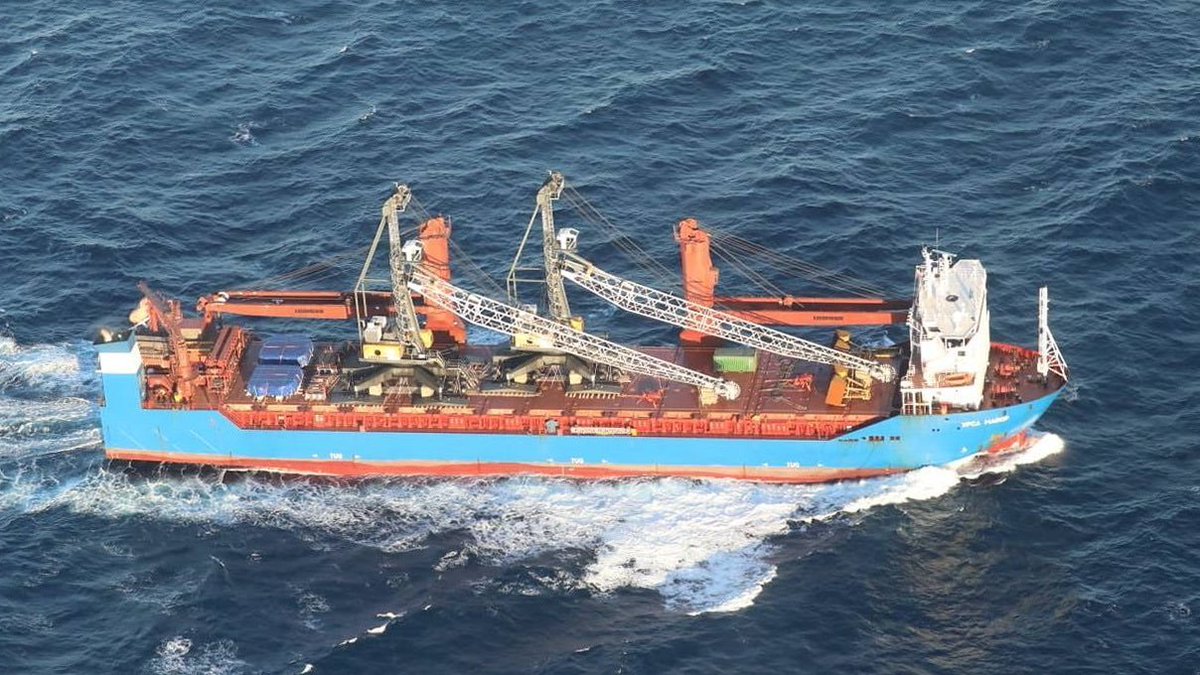🧵 The exact cause of the explosions at Saki Air Base is still unknown, but there are three pieces of evidence that point towards the attack being done by SOF on the ground.
1/
https://twitter.com/ikhurshudyan/status/1557303138637516802
1/
1. There are many videos showing the explosions from multiple angles and none of the videos show any evidence of a missile impact. There is not a blur or pixel visible in any that would indicate an incoming low and slow flying Neptune missile or a fast SRBM.
2/
2/
2. Two of the large explosions happen simultaneously to the second. While this is not impossible to achieve with a missile strike, it is easier to achieve with explosive charges placed by SOF on the ground.
3/
3/
3. @Maxar imagery from May shows that all four locations hit in the attack were used to store munitions for the strike aircraft. A smaller amount of explosives placed at these locations would be able to cause massive explosions.
4/

https://twitter.com/ChristopherJM/status/1557692786224267264
4/
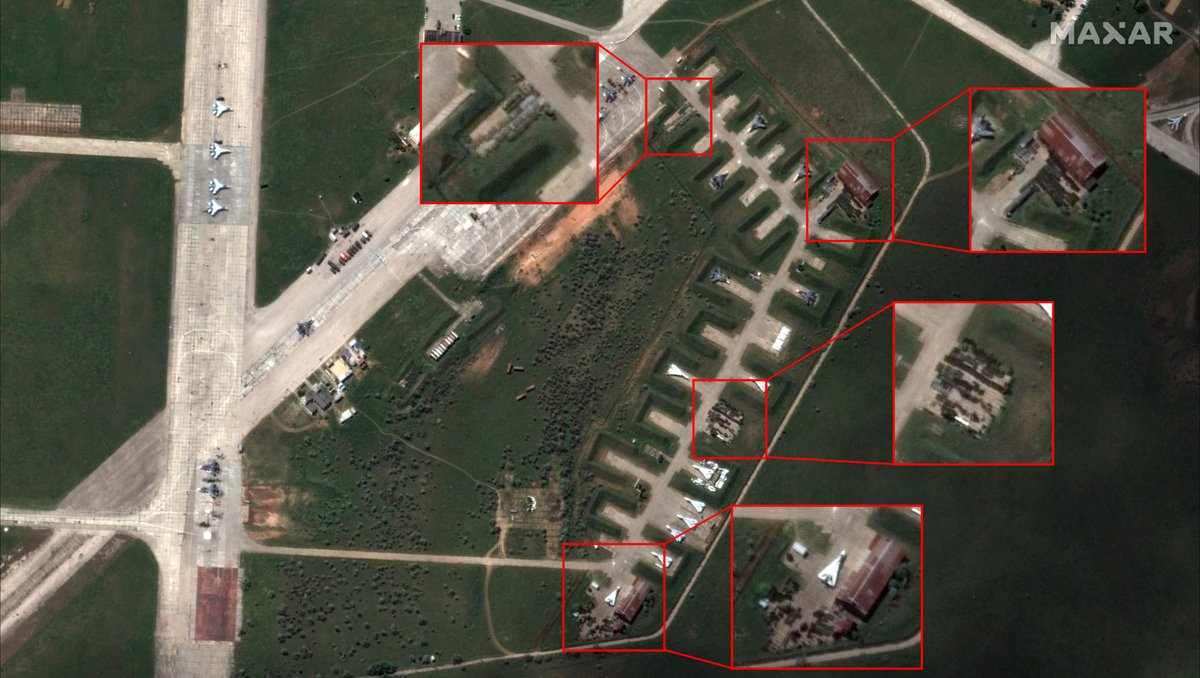

This is not in anyway definitive proof that the attack was done using SOF, but the evidence we have so far points towards this being a likely scenario. Future evidence may change this.
Another circumstantial piece of evidence against an SRBM. Had a SRBM been used, there are several other targets in the base that could have been hit, including the 2 main munitions storage areas. The additional security perimeter might have kept SOF out. 

The craters in the air base are between 20 and 26m in diameter.
Images from this ATACMS test shows a crater around 8-9m in diameter.
The only weapon in the Ukrainian arsenal with a significantly large enough warhead is Hrim-2, which officially is not yet operational.

Images from this ATACMS test shows a crater around 8-9m in diameter.
The only weapon in the Ukrainian arsenal with a significantly large enough warhead is Hrim-2, which officially is not yet operational.


As can be seen here, all 4 of the explosions and craters were directly on top of the most concentrated part of each of the munitions stores
If a SRBM was used, like the new Hrim-2, it has an incredibly impressive CEP.

If a SRBM was used, like the new Hrim-2, it has an incredibly impressive CEP.


Compare this accuracy with that of Russian Islander missiles striking Ozerne Airbase at the start of the invasion.

https://twitter.com/Cen4infoRes/status/1498363094703259649?t=9soSea-bf1mURxYA9aBp6g&s=19

Something I forgot to mention. A SOF raid does not necessarily require SOF physically infiltrating the base to place explosives. As this war has shown, small short range drones carrying explosives can and have been used to great effect.
In this video of the attack, a small explosion is seen just prior to the large explosion in the same location.
This charing next to one of the not completely destroyed Su-24s could potentially be a near miss, if the attack was performed small explosive drones (like a Switchblade). 
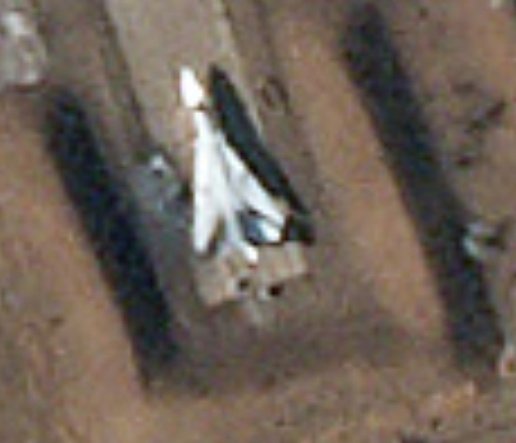
• • •
Missing some Tweet in this thread? You can try to
force a refresh





